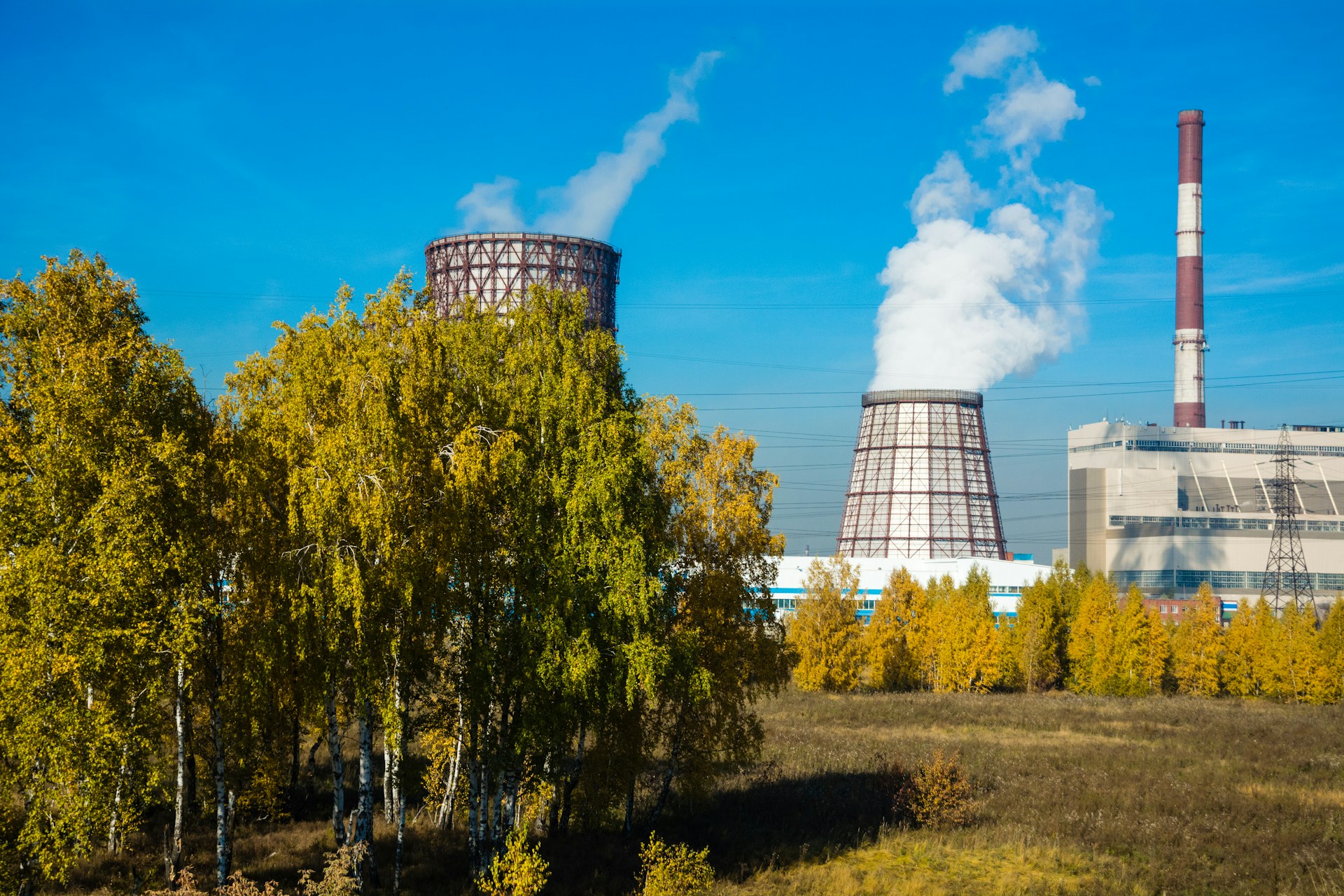
What are the Properties of Matter?
October 13, 2020 - Emily Newton
Revolutionized is reader-supported. When you buy through links on our site, we may earn an affiliate commission. Learn more here.
Everything around you, from the clothes on your back to the phone in your pocket, is made up matter. We’ve gone over the three primary states of matter — solid, liquid and gas — as well as some of the less-common states, but what about the properties? What makes matter…matter? Let’s take a closer look at the different properties of matter and see how they affect the world around them.
Chemical Vs. Physical Composition
When we’re talking about the properties of matter, we can break them down into two categories — chemical and physical. Scientists determine the properties by how they can observe them. You can see physical properties without altering the composition. You can see and measure things like color, mass and volume without having to heat it up or introduce additional material to change the composition. Chemical properties, on the other hand, are only observable if you change your matter sample. Flammability, for example — whether something will catch fire when heat is applied — or it’s susceptibility to corrosion are examples of chemical properties.
Chemical Composition
The defining characteristic of chemical properties is that you need to change your sample in order to observe them. Examples of chemical properties can include:
- Radioactivity
- pH, or whether the substance is acid or base.
- Chemical stability under a variety of conditions.
- Flammability and the heat at which it combusts
- Oxidation states and corrosion
- Reactivity in a variety of different environments.
- Toxicity, or whether a substance is poisonous to humans or other species
In general, you can always differentiate chemical properties from physical ones because you need to change the composition of your substance in order to identify these properties.
Physical Composition
Next, we have physical properties. Unlike chemical properties, which require you to change the state of matter, physical properties are things that you can observe without changing the composition of the substance you’re trying to study. You may find yourself changing the state of the matter, but it will always remain the same. Examples of physical properties include:
- The overall appearance of your sample, including its color and texture.
- Odor, if the substance has one.
- Melting and boiling points.
- Density, volume and mass.
- Solubility or whether the substance dissolves in water while remaining the same.
- Molecular polarity, or how the molecules of your substance interact with other elements
The easiest way to tell physical properties from chemical ones is to look at the end result. If you boil water at 212 degrees to create steam — changing it from liquid to gas — it is still water, making the boiling point a physical characteristic. If you split the atoms in a water molecule up to harvest hydrogen and oxygen, you don’t have water anymore, so you’re looking at chemical characteristics instead.
Intensive vs. Extensive Properties
Physical composition come in two different varieties — intensive and extensive. The primary difference between the two is whether the property depends on the amount of matter you’re observing. An extensive property, like mass or volume, will change depending on the amount of matter you’re working with. The volume or mass of a one-gallon container of water will be significantly different from the volume of a ten-gallon container. Intensive properties don’t have that restriction. You can see the color of an item or measure its density without needing to take the amount present into account. A brick, for example, is going to be the same color and have the same density whether it’s two inches or two feet across.
Why Understanding Matter Matters
Why is it so important for students and scientists to understand the different properties of matter? The simplest answer is because matter makes up everything. It’s all around us, and we need to understand both how to measure it and how it will react with other substances. In a more professional setting, understanding the properties of matter helps scientists and researchers predict what a specific substance might do when introduced to a new environment or another chemical. For example, let’s use a couple of substances you may already have lying around your house — bleach and ammonia. Both are common materials used for cleaning and sanitizing surfaces, but if you mix them they can produce dangerous amounts of chloramine gas that is toxic to inhale. By understanding the chemical properties of both bleach and ammonia, you begin to understand why you shouldn’t mix them, instead of just being told that it’s a bad idea.
Looking Forward
We think about the properties of matter every single day, often without realizing it. Observing the colors of a flower or thinking that a rock is heavy when you lift it — these are all examples. Take a look around you right now. How many properties of matter can you identify without ever leaving your seat? You might be surprised how high the number actually is.
Revolutionized is reader-supported. When you buy through links on our site, we may earn an affiliate commission. Learn more here.
Author
Emily Newton
Emily Newton is a technology and industrial journalist and the Editor in Chief of Revolutionized. She manages the sites publishing schedule, SEO optimization and content strategy. Emily enjoys writing and researching articles about how technology is changing every industry. When she isn't working, Emily enjoys playing video games or curling up with a good book.







